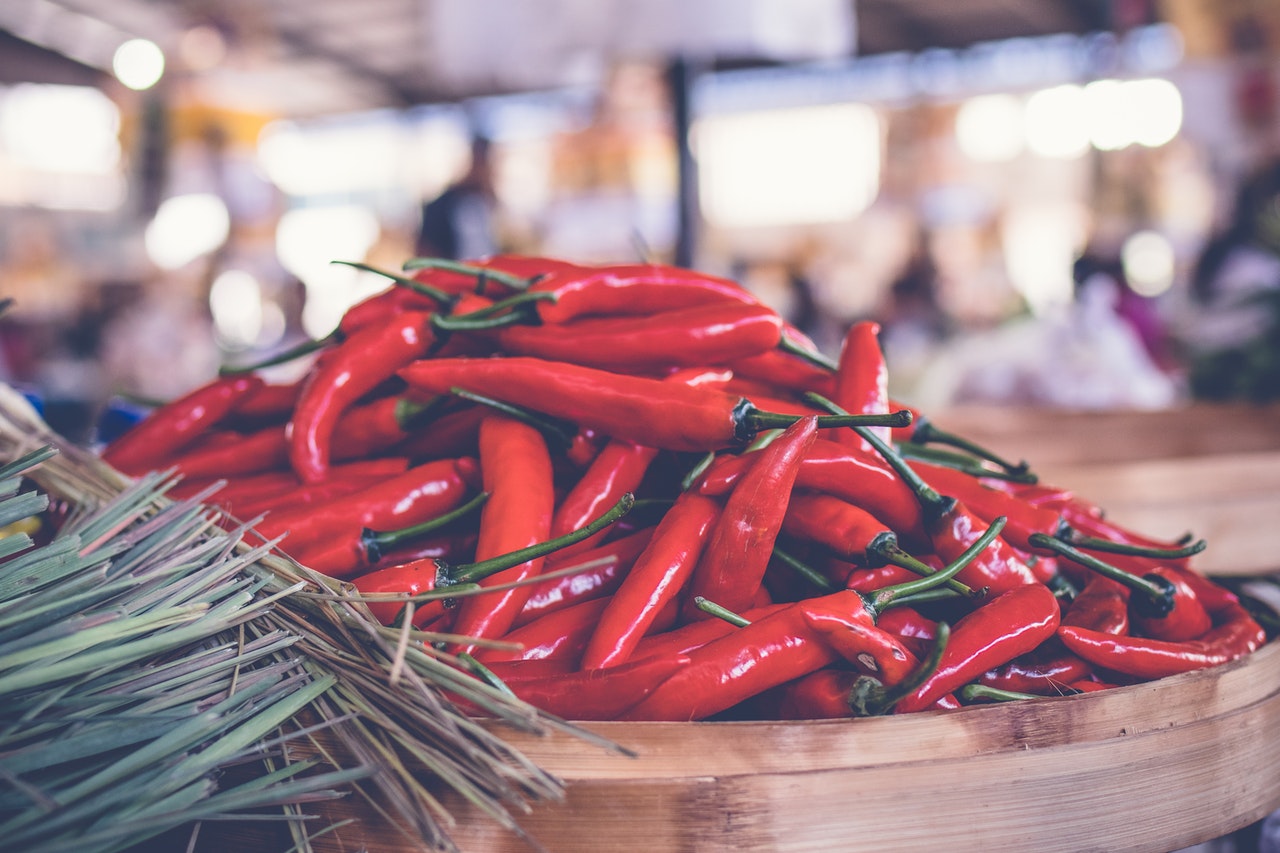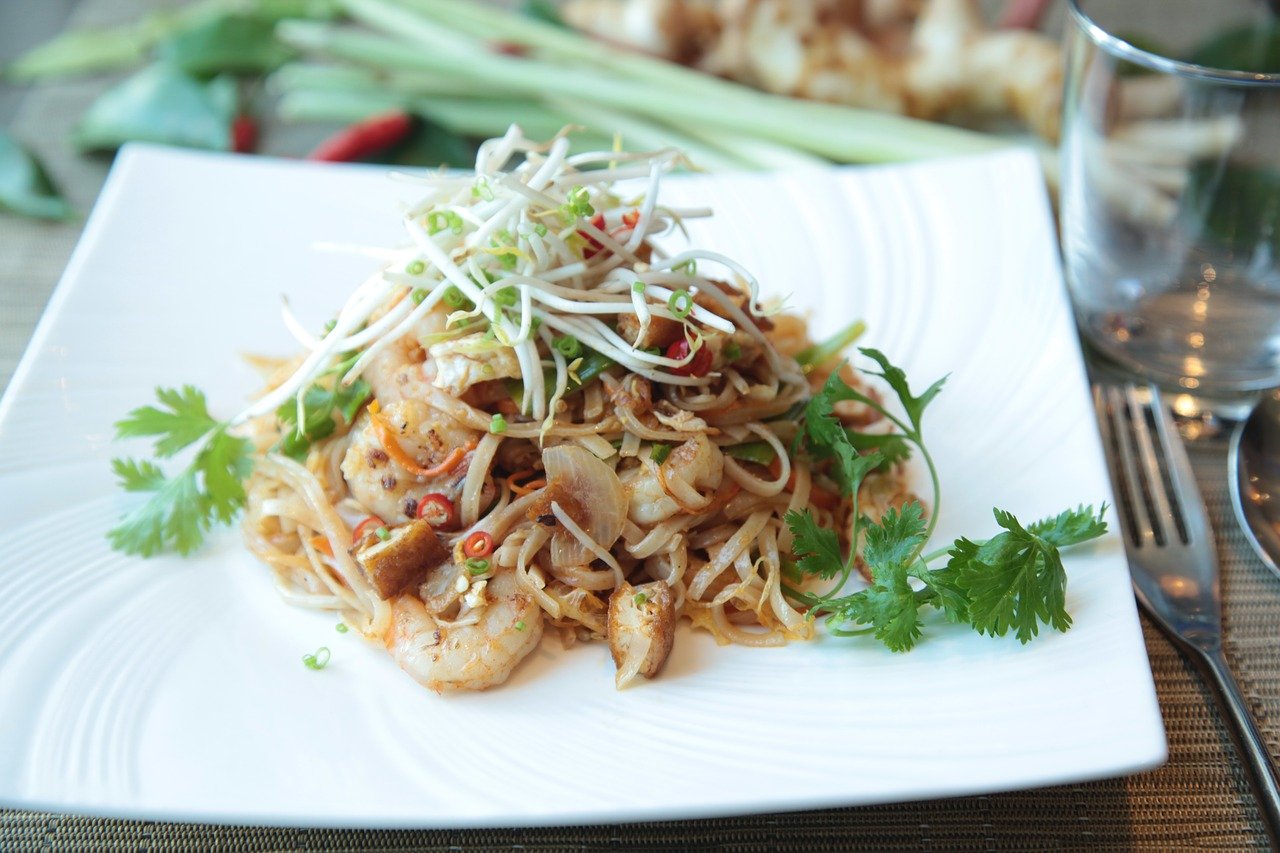
Everything You Need to Know About Handling Hot Peppers
Sweet and tangy or spicy and dangerous, peppers are a healthy vegetable that can turn your weeknight stir fry or Taco Tuesday into an electrifying burst of flavor and color! Though peppers originally hail from Central and South America, European explorers propagated them all over the world. The delicious world cuisines of today would not be the same without them. As a result, the everyday chef ought to know how to handle these common types of peppers. Here are some key tips to keep in mind when experimenting with peppers in your culinary exploits!
The Scoville Scale
You may have heard of the Scoville scale in reference to extreme spice, but how does it work? The Scoville scale measures the heat index of a pepper in units from zero to three million. For instance, the official hottest pepper in the world, according to the Guinness Book of World Records, is the Carolina Reaper at over two million Scoville units. Unofficially, however, Pepper X is even hotter at over 3 million Scoville units.
Yet don’t let that intimidate you! Most of the peppers you’ll use in cooking generally won’t be higher than 400,000 SHU, about the level of a particularly hot habanero variety. Familiarity with the Scoville scale can help you to understand your personal level of heat tolerance. For example, you may enjoy the challenge of extreme heat and seek out peppers that test your limits. On the other hand, you may come to know how much heat you’re willing to take — valuable information to help you stay within a safe threshold of Scoville units.
Should You Keep or Remove the Seeds?
This question gets asked a lot when it comes to cooking with peppers. It boils down to a matter of personal preference and visual aesthetic. Generally, however, the seeds won’t significantly impact the flavor or heat level of the dish you’re making. A common misconception, the seeds don’t actually contain higher levels of capsaicin, the chemical that affords peppers their spice.
In fact, the pith is what contains the highest amount of capsaicin in the entire pepper. If you want to keep your dish on the lower side of spice, then it’s a good idea to remove the pith, the whitish ribs connecting the inside of the fruit. Removing the pith and seeds is a simple process. First, cut the pepper in half lengthwise. Then, hold the pepper at the stem and use a paring knife to slice away the white pith from stem to tip.
Mind Your Hands
You use your hands for everything, from playing with your kids to petting your dog to washing your face. Now imagine doing those activities with a devilish amount of capsaicin-infused oils on your fingertips. It’s crucial to be extra mindful of your exposure to hot peppers and how you might spread the oils onto other things. To avoid this, cover your hands with a pair of dishwashing gloves, plastic or even a pair of Unigloves latex gloves, or even disposable sandwich bags before chopping your peppers. After you’re finished handling the peppers, make sure to wash your hands thoroughly with grease-fighting soap. Never touch your face after dealing with hot peppers.
Curing The Burn
Oops! You just bit into a whole Thai chili that was hidden in your pad Thai noodles, only to find to your dismay that you overestimated how much chili it needed. Now your mouth is burning, and you know nothing but capsaicin’s particular brand of agony. What do you do?
When it comes to playing with fire and the peppers that carry it, always have on hand some foods that can neutralize capsaicin. Dairy products, which contain casein, are a trusty go-to solution. Wash down that hot Mexican salsa with a glass of milk. Make sure to serve that Indian vindaloo curry with a side of raita (yogurt). Keep some injera flatbread on hand to absorb the spicy oils from your Ethiopian doro wat.
In Conclusion: Playing With Fire Safely
Peppers are a quintessential ingredient in traditional foods from Mexico to South Africa to Korea and beyond. They provide that smoky, sweet depth of flavor that brings you back to your childhood when your grandma made this dish for you. They also provide the heat level necessary to elevate your cooking from vapid to vibrant. It’s all fun and games to cook with hot peppers — until things start to heat up! When you incorporate these hot pepper tips into your culinary skill set, you can rest assured you’ll get the piquant result you’re craving without sacrificing too much of your pain tolerance.
- Restaurant Germs: Improving Cleaning Practices For Commonly Contaminated Surfaces - April 15, 2024
- Fabulous Baby Shower Ideas to Try Soon - May 16, 2023
- Raw Manuka Honey Auckland New Zealand - March 10, 2023


